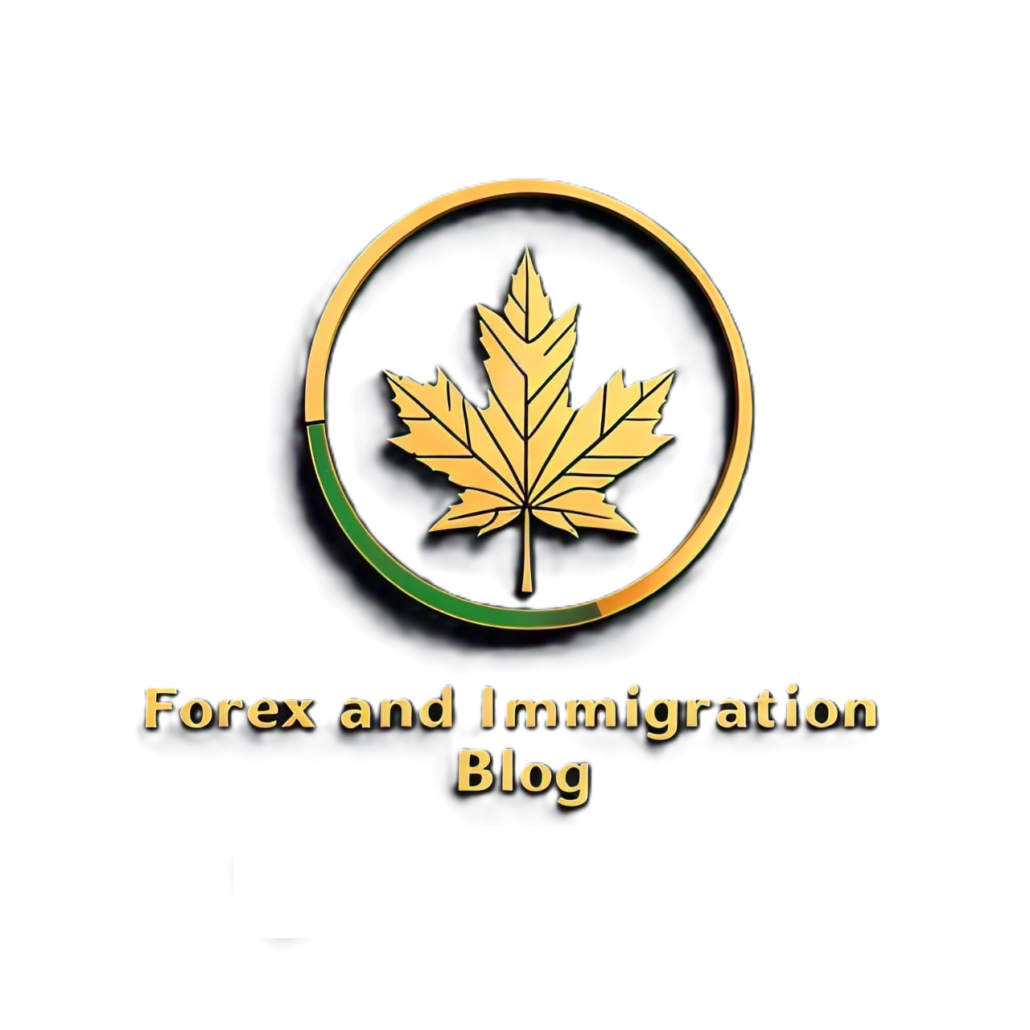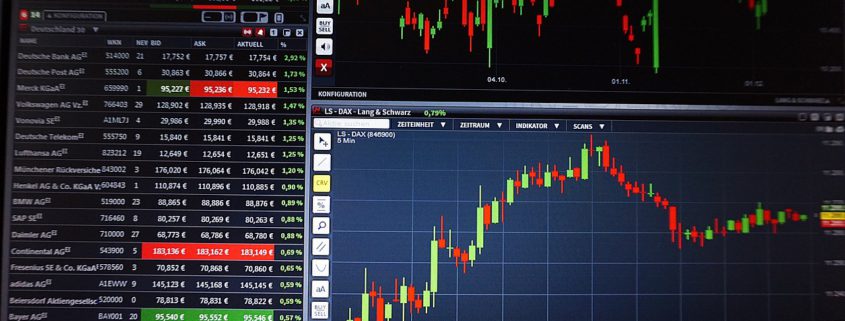Eurozone April flash companies PMI 49.7 vs 50.5 anticipated
- Prior 51.zero
- Manufacturing PMI 48.7 vs 47.5 anticipated
- Prior 48.6
- Composite PMI 50.1 vs 50.three anticipated
- Prior 50.9
It is a blended report however general it exhibits that euro space enterprise exercise mainly floor to a halt in April. An enchancment in manufacturing exercise is the one shiny spot, with output ranges at its highest in 35 months. Nevertheless, new orders have been an enormous drag as corporations remained reluctant to broaden output for an eleventh month working. In the meantime, the outlook for the 12 months forward is taking a flip for the more severe amid fears on US tariffs and commerce uncertainty. HCOB notes that:
“Manufacturing appears to be holding up higher than anticipated. Regardless of the US introducing basic tariffs of 10% and automobile
tariffs of 25% initially of April, most producers within the Eurozone usually are not too fazed. As an alternative of falling off a cliff, they’ve
truly elevated manufacturing for the second month in a row, and much more robustly than in March. Producers have
additionally slowed down job cuts and managed to spice up their revenue margins, because of decrease enter costs and the power to boost
output costs quicker than the earlier month. Power costs, which have dropped on account of US recession fears, are at present a
boon for the Eurozone’s manufacturing sector. One other constructive issue is the introduced improve in defence spending.
The service sector has was a little bit of a celebration pooper. Exercise has shrunk as a substitute of rising, which it had been doing
virtually repeatedly since February 2024. This has pushed the entire economic system into stagnation territory, based on the
composite PMI. A quicker drop in new enterprise suggests this weak spot may stick round for some time. Nevertheless, the upper
fiscal spending on infrastructure in Germany and defence spending throughout Europe ought to ultimately profit not simply
manufacturing but in addition the service sector, although with a little bit of a lag.
The European Central Financial institution is getting some delicate help for its rate-cutting stance from the value indicators within the companies
sector, which the financial authorities are intently watching. Prices have risen at the same fee to March, however the improve in
promoting costs has slowed considerably. Items costs are displaying blended behaviour: enter costs have reversed their
inflationary development of the previous 4 months and have fallen, whereas output costs have elevated a bit greater than in March however
nonetheless modestly.
Wanting on the two main economies of the Eurozone, Germany and France, we see the same sample. Each international locations noticed
a rise in manufacturing output in April, whereas exercise within the companies sector shrank. The general weak spot appears a bit
extra pronounced in France, particularly within the companies sector. This may be as a result of contrasting political landscapes: in
France, there’s a fixed threat of presidency collapse amid a fragile debt state of affairs, whereas in Germany, there’s a probability of
having a functioning new authorities with important fiscal leeway beginning in Might.”
This text was written by Justin Low at www.ubaidahsan.com.
Source link




Leave a Reply
Want to join the discussion?Feel free to contribute!